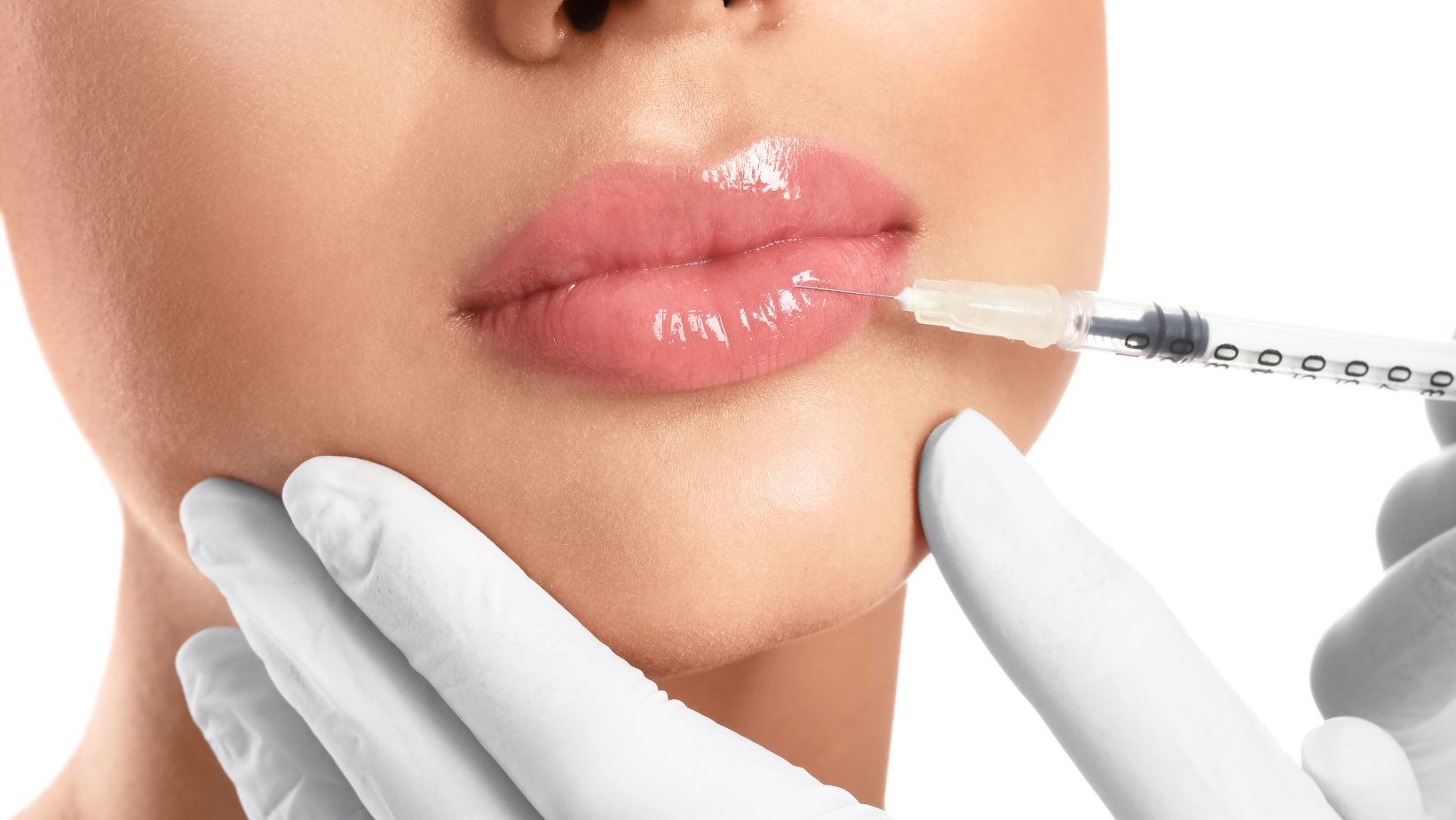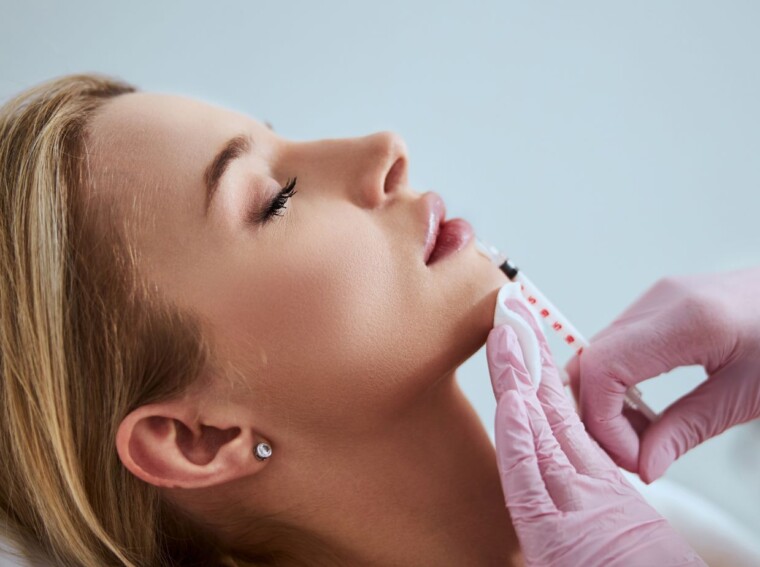Healing Process 1 Week Lip Filler Swelling Stages
What to Expect in The First Week
When it comes to getting lip fillers, understanding the healing process is essential. Knowing what to expect can help manage your expectations and ensure a smooth recovery. In the first week after the procedure, it is common to experience various stages of swelling. These stages are a normal part of the healing process and typically resolve on their own over time.
The Stages of Swelling
During the first week after getting lip fillers, you can expect to experience different stages of swelling. It’s important to note that everyone’s healing process is unique, so the duration and intensity of these stages may vary. Here are the general stages of swelling you can anticipate:
- Immediate Swelling: Following the procedure, you will experience immediate swelling, which is completely normal. This swelling is usually the most pronounced on the first day after getting lip fillers. It may initially make your lips appear larger than expected, but don’t worry, as this is only temporary.
- Subsiding Swelling: As the days progress, you’ll notice that the swelling starts to subside. On the second and third days, the swelling should be noticeably reduced compared to the first day. You might even start to see the desired results of your lip fillers as the swelling continues to decrease.
- Finalizing Swelling: By the end of the first week, the majority of the swelling should have resolved. However, it’s important to understand that the healing process can vary from person to person. Some individuals may experience minimal or no residual swelling after the first week, while others may require additional time for the swelling to completely subside. It’s crucial to be patient and give your body the time it needs to heal fully.
Week 1: Managing Swelling After Lip Fillers
Tips For Minimizing Swelling
- Ice, Ice, Baby: Applying ice packs or cold compresses to the treated area is one of the most effective ways to reduce swelling. Wrap ice cubes in a clean towel and gently press it against your lips for 10-15 minutes at a time, several times a day. This will constrict blood vessels and help alleviate swelling.
- Elevate Your Head: Keeping your head elevated while resting or sleeping can also help reduce swelling. Use an additional pillow or prop yourself up on a few extra cushions to ensure that your head is higher than your heart. This will assist with fluid drainage and prevent excess swelling.
- Avoid Heat and Sun Exposure: Heat and sun exposure can worsen swelling, so it’s essential to stay away from hot environments and protect your lips from direct sunlight. Limit your time in saunas, hot tubs, and heated rooms. Additionally, use a broad-spectrum lip balm with SPF to shield your lips from harmful UV rays.
Avoiding Certain Foods And Habits
During the first week, it’s crucial to be mindful of your diet and lifestyle choices to minimize swelling and promote a smoother healing process. Here are some things to avoid:
- Salty Foods: Consuming excessive amounts of salt can lead to water retention and exacerbate swelling. Try to limit your intake of salty snacks, processed foods, and condiments.
- Alcohol and Caffeine: Both alcohol and caffeine can dehydrate your body, which may prolong swelling and hinder the healing process. Opt for hydrating beverages like water or herbal tea instead.
- Smoking: Smoking not only delays the healing process but also increases the risk of complications and infection. The toxins in cigarette smoke constrict blood vessels and interfere with proper blood flow, which can contribute to prolonged swelling.

Week 1: Caring For Your Lips
Proper Hygiene And Lip Care Routine
Maintaining good hygiene is crucial to promote healing and prevent any potential infections. Here are some key steps to include in your lip care routine:
- Wash hands: Before touching or applying any products to your lips, make sure to wash your hands thoroughly to minimize the risk of introducing bacteria.
- Gentle cleansing: Cleanse your lips with a mild, non-irritating cleanser. Avoid using harsh or scented cleansers, as they can cause irritation and dryness.
- Avoid excessive touching: Minimize touching your lips as much as possible, as this can introduce bacteria and potentially disrupt the healing process.
Moisturizing And Protecting The Lips
Keeping your lips moisturized is essential during the healing process. Here’s what you can do to maintain hydration and prevent dryness:
- Use a lip balm: Choose a hydrating lip balm that contains nourishing ingredients like shea butter or coconut oil. Apply it regularly throughout the day, especially after eating or drinking.
- Stay hydrated: Drink plenty of water to keep your body and lips hydrated from within. It’s essential for overall healing and preventing dryness.
To protect your lips from external factors, consider the following:
- Avoid excessive sun exposure: Protect your lips from harmful UV rays by wearing a broad-spectrum lip balm with sun protection factor (SPF) when you’re outdoors. UV exposure can potentially cause swelling and delays in the healing process.
- Shield against extreme temperatures: Extreme cold or hot temperatures can affect the healing process. If you’re going outside in extreme weather conditions, consider using a scarf or wearing a mask to protect your lips.
Conclusion
In this article, I have provided valuable tips and techniques to help manage swelling and promote healing during the first week after getting lip fillers. By following these guidelines, you can ensure a smooth healing process and minimize swelling. By implementing these tips and techniques, you can navigate the first week after lip filler treatment with confidence, knowing that you are taking the necessary steps to promote healing and reduce swelling.
